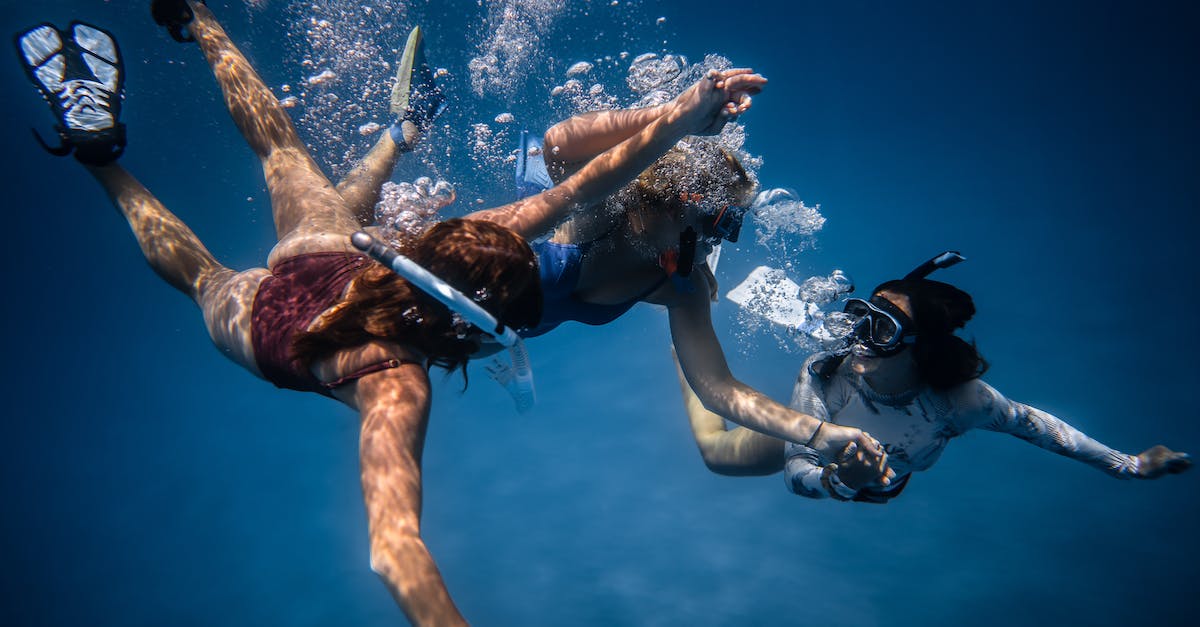When enjoying a refreshing dip in natural lakes, safety is paramount.
Our guide to swimming in natural lakes is here to ensure your aquatic adventures are not only fun but also safe.
We’ll cover essential safety tips to keep in mind for a worry-free swim.
Jump into our expert advice and make the most of your lake escapades.
Key Takeaways
- Understand the risks: Be aware of potential dangers in natural lakes such as underwater obstacles and unpredictable currents.
- Check water quality: Ensure the water is safe for swimming by looking up water quality reports and contacting local authorities.
- Know the lake’s layout and depths: Familiarize yourself with the lake’s layout to avoid hazards and plan a safe swim.
- Bring essential safety gear: Always have life jackets, whistles, a first aid kit, sunscreen, and water shoes for a safe swimming experience.
- Follow best practices: Familiarize yourself with the water, swim in designated areas, use the buddy system, stay hydrated, and observe post-swim precautions for a worry-free swim.

Understanding the Risks of Swimming in Natural Lakes
When swimming in natural lakes, it’s crucial to be aware of potential risks to ensure a safe and enjoyable experience. Lakes may contain hidden underwater obstacles like rocks or branches, posing a danger to swimmers. Also, natural bodies of water can have unpredictable currents and varying depths, increasing the risk of accidents.
We recommend always checking the water conditions before diving in. It’s essential to be cautious and understand that lake environments can change rapidly due to weather conditions or other factors. By being aware of these potential risks, we can better prepare ourselves and enjoy our swimming adventures to the fullest.
For more in-depth information on water safety and the risks associated with swimming in natural lakes, you can visit the American Red Cross website.
Checking Water Quality Before Taking a Plunge
When swimming in natural lakes, it’s crucial to check the water quality beforehand. Poor water quality can lead to health risks such as skin irritation or infections.
Here are some steps we can take to ensure the water is safe for swimming:
- Research: Look up recent water quality reports for the lake you plan to visit.
- Local Authorities: Contact local health departments or environmental agencies for insights on water conditions.
Remember, healthy water is key for a fun and safe swim! For more water safety tips, visit the American Red Cross website for comprehensive resources.

Importance of Knowing the Lake’s Layout and Depths
When swimming in natural lakes, it’s essential to familiarize ourselves with the lake’s layout and depths. Here’s why:
- Avoid dangers: Knowing the lake’s layout helps us steer clear of rocks, sudden drop-offs, or underwater obstacles that could pose risks.
- Plan our swim: Understanding the depths allows us to plan where to swim safely, especially if we have children or inexperienced swimmers with us.
- Prevent accidents: By being aware of the lake’s layout and depths, we can enjoy a safer and more relaxing swim experience.
Remember, taking the time to learn about the lake before diving in can make a significant difference in our safety and enjoyment.
For more tips on water safety, visit the American Red Cross website.
Essential Safety Gear to Bring Along
When heading to natural lakes for a swim, it’s vital to have the right safety gear. Here are a few essential items we should always bring along:
- Life Jackets: These are crucial, especially for non-swimmers or children. They provide added safety and peace of mind.
- Whistles: Carry a whistle to attract attention in case of emergencies. It’s a simple yet effective tool.
- First Aid Kit: Always have a basic first aid kit handy for minor injuries.
- Sunscreen: Protect your skin from harmful UV rays by applying sunscreen regularly.
- Water shoes: Help prevent cuts from sharp rocks or debris underwater.
Remember, being prepared with the right gear can make a big difference in ensuring a safe and enjoyable swimming experience.
For more tips on water safety, visit the American Red Cross website.

Best Practices for Safe Swimming in Natural Lakes
When enjoying a swim in natural lakes, safety is key for a worry-free experience. Here are some best practices to keep in mind:
- Know the Water: Familiarize yourself with the lake’s currents, depth, and potential hazards before diving in.
- Swim in Designated Areas: Stick to marked swimming zones to avoid unexpected dangers and ensure assistance is nearby if needed.
- Buddy System: It’s always safer to swim with a buddy. Keep an eye out for each other and provide help if necessary.
- Stay Hydrated: Remember to drink water regularly to prevent dehydration, especially on hot days.
- Observe Post-Swim Precautions: Shower after swimming to wash off any bacteria and prevent skin irritation.
For more water safety tips, visit the American Red Cross website.

